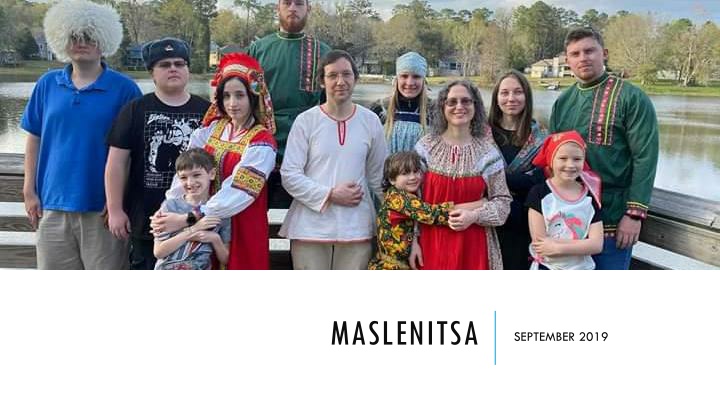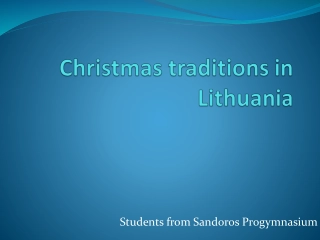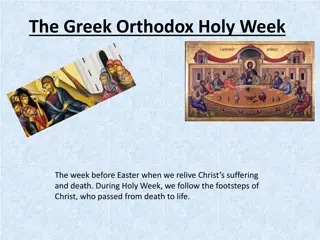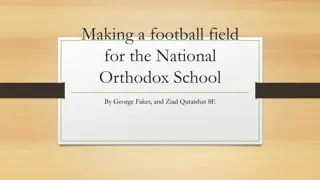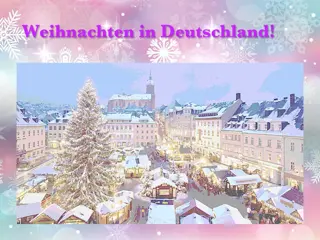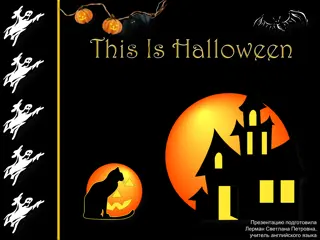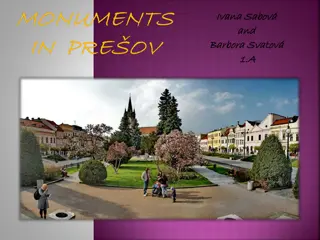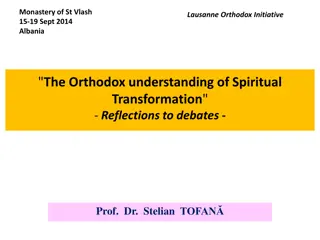Celebrating Maslenitsa: A Blend of Pagan and Orthodox Traditions
Maslenitsa is an ancient Slavic holiday that combines pagan and Orthodox customs, symbolizing the farewell to winter and the welcoming of spring. This festival, spanning seven days, involves family gatherings, commemorating the deceased, and enjoying pancakes - a symbol of the sun and the last indulgence before Lent. The burning of a doll named Maslenitsa on the final day signifies bidding adieu to winter's harshness and anticipating the warmth of spring.
Uploaded on Sep 11, 2024 | 0 Views
Download Presentation

Please find below an Image/Link to download the presentation.
The content on the website is provided AS IS for your information and personal use only. It may not be sold, licensed, or shared on other websites without obtaining consent from the author.If you encounter any issues during the download, it is possible that the publisher has removed the file from their server.
You are allowed to download the files provided on this website for personal or commercial use, subject to the condition that they are used lawfully. All files are the property of their respective owners.
The content on the website is provided AS IS for your information and personal use only. It may not be sold, licensed, or shared on other websites without obtaining consent from the author.
E N D
Presentation Transcript
MASLENITSA SEPTEMBER 2019
WHAT IS MASLENITSA? Maslenitsa is one of the oldest surviving Slavic holiday. The festival combines pagan and Orthodox traditions. It originated as the pagan New Year celebration welcoming the arrival of spring, bringing together families, commemorating the dead, and eating pancakes! Pancake, the symbol of the holiday, is the representation of both the sun in the pagan tradition, and the last opportunity to enjoy butter, milk, and eggs before the Lent, as meat is already forbidden by the beginning of Maslenitsa. Usually Maslenitsa lasts for seven days and on the last day of this holiday people burn a doll which is made of branches and straw and dressed in bright clothes. This doll is called Maslenitsa and it symbolizes the cold and severe winter. By burning Maslenitsa people say goodbye to winter and greet a warm spring
